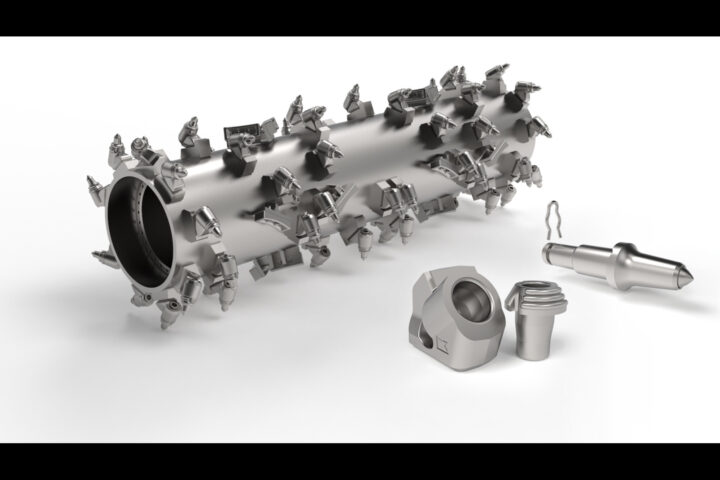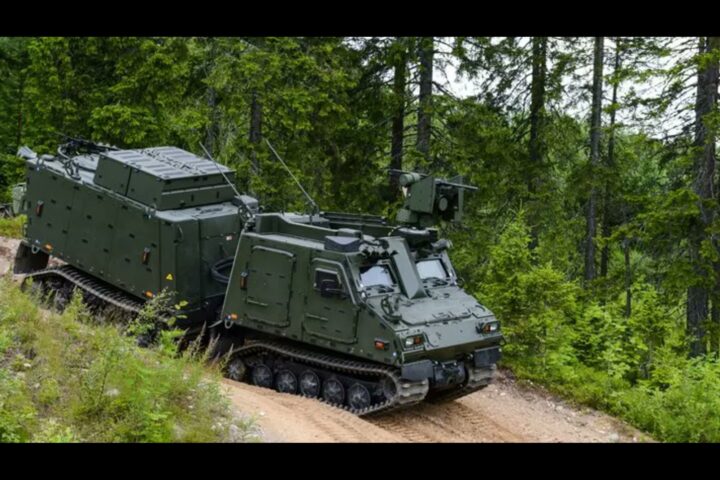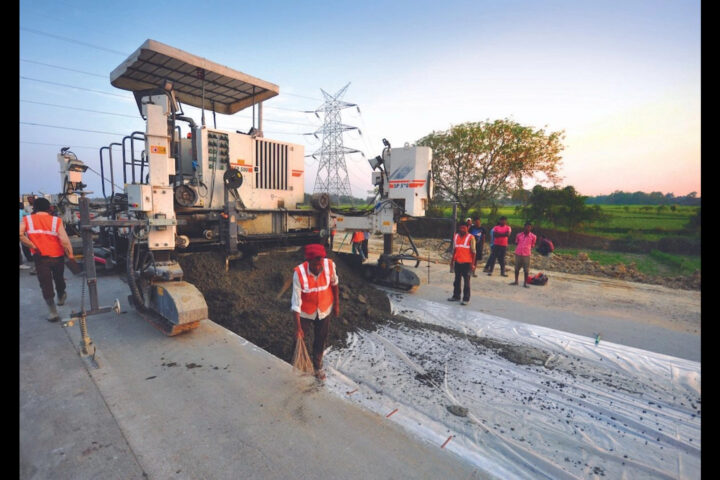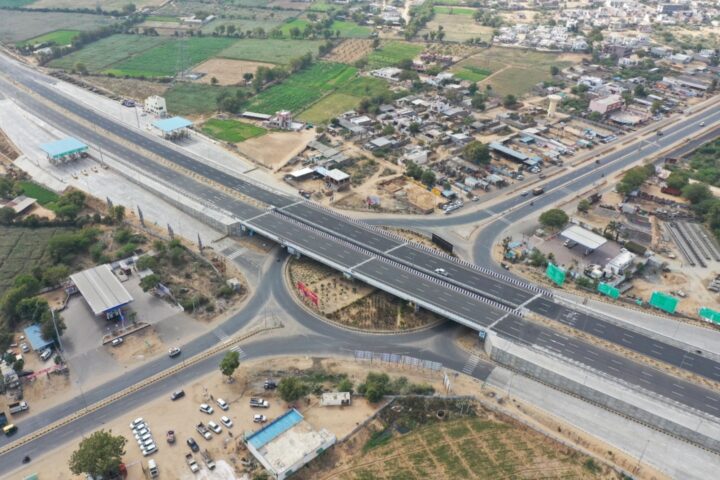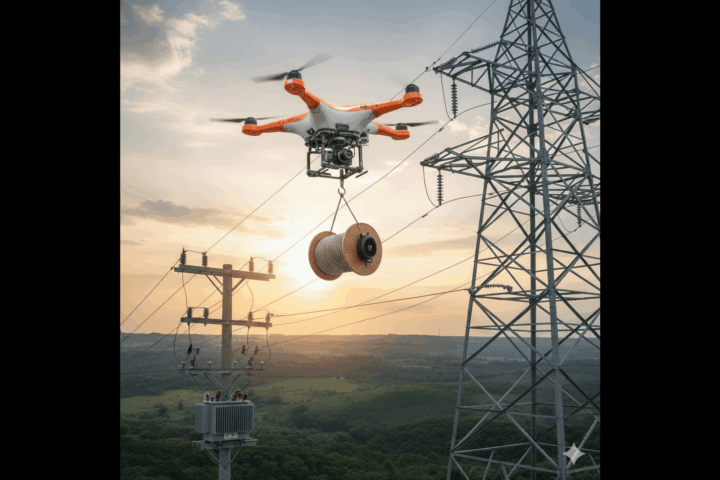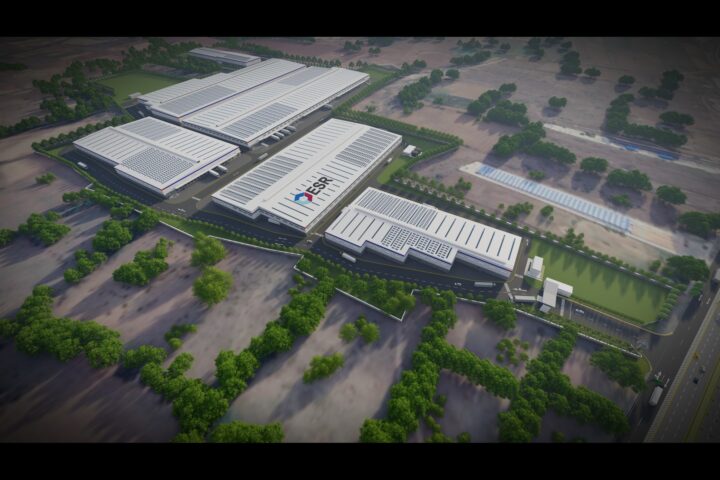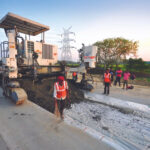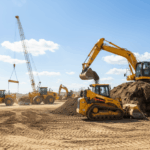The road construction equipment sector in India is facing a challenging phase, with slower project awarding and execution affecting demand. Yet, manufacturers are rising to the occasion, leveraging technology, telematics, and skill development initiatives to stay ahead. From adapting to stricter emission norms to enhancing machine efficiency and operator training, industry players are ensuring that the sector remains resilient, responsive, and ready to support India’s ambitious infrastructure agenda
The pace of road and highway construction, which had gained considerable momentum in recent years, has slowed down. According to CareEdge, the awarding of national highway projects fell by 30% in FY24. During 11MFY25, project activity remained largely stagnant at 4,874 km, compared to 4,872 km in the same period of FY24. The execution pace also slipped by 8%, averaging 25 km per day against 27 km per day in the previous year, and is expected to remain at around 30 km per day for FY25. This slowdown has emerged as a worrying factor for road construction equipment manufacturers, who rely heavily on the steady awarding and execution of highway projects to drive demand. A dip in project momentum often translates into lower equipment utilisation rates, delayed purchase decisions by contractors, and a slowdown in fresh orders for machinery such as excavators, pavers, compactors, and batching plants. For an industry that thrives on continuous activity and predictable project pipelines, the recent stagnation raises concerns about growth visibility in the near term.
This slowdown has emerged as a worrying factor for road construction equipment manufacturers, who rely heavily on the steady awarding and execution of highway projects to drive demand. A dip in project momentum often translates into lower equipment utilisation rates, delayed purchase decisions by contractors, and a slowdown in fresh orders for machinery such as excavators, pavers, compactors, and batching plants. For an industry that thrives on continuous activity and predictable project pipelines, the recent stagnation raises concerns about growth visibility in the near term. Furthermore, rating agency ICRA, in its recent report, has highlighted that the Indian mining and construction equipment (MCE) industry is expected to display muted year-on-year (YoY) volume growth of just 2–5% in FY2026, corresponding to volumes of 1.43–1.47 lakh units.
Road construction equipment manufacturers acknowledge the near-term headwinds but remain optimistic about the sector’s fundamentals and long-term trajectory. “This growth rate projection for FY2026 reflects the reality of a high base effect – after several years of strong expansion, a period of moderation is natural. Nevertheless, road construction equipment is strong. In road construction, much of the national highway network has already seen accelerated development, so we expect the pace of new greenfield highway awards to stabilize. However, we continue to see strong demand for widening, upgradation, and state-level projects, which will sustain the requirement for road machinery like compactors and mid-sized excavators. While FY26 may appear muted in growth terms, the long-term trajectory for infrastructure investment remains robust, and the industry is well-positioned to benefit from sustained government focus and emerging opportunities in urban and rural connectivity,” says Dimitrov Krishnan, Managing Director, Volvo CE India. Adding to this perspective, Shalabh Chaturvedi, Managing Director, CASE Construction Equipment – India & SAARC regions, states, “ICRA’s projection has reflected short-term challenges faced by the road construction segment. Early monsoons, delayed awards, and the impact of new emission and safety norms have weighed on demand in the first half of the year. However, India’s road sector is built on strong fundamentals. With highway expansion, rural connectivity, and flagship plans under Gati Shakti gaining momentum, the second half of FY2026 should see demand improve as projects move into execution. While the near-term environment remains cautious, we believe the sector’s long-term outlook is firmly positive, and we are ready to support it,” Echoing a similar sentiment, Dr. Venkat Srinivas, ED & CEO – SML Isuzu; Business Head – Mahindra Trucks, Buses & Construction Equipment, notes, The muted YoY growth projection by ICRA of 2–5% for the Indian mining and construction equipment industry in FY26 reflects the cyclical nature of the industry and the effects of macroeconomic factors. For road construction equipment, while this outlook is conservative, the sector remains resilient, driven by infrastructure development initiatives. We believe this temporary slowdown presents an opportunity to enhance efficiency, invest in technology, and prepare for the next growth cycle.”
Government push rekindles optimism
Amidst these headwinds, the government’s push for accelerated execution offers renewed optimism. Union Minister for Road Transport and Highways, Nitin Gadkari, is on a war footing to accelerate India’s road and highway construction programme. His long-standing vision is that India’s road infrastructure should not only match but also surpass that of the United States. At a recent event, he announced an ambitious target of raising highway construction to 100 km a day, signalling the government’s intent to push the sector towards world-class benchmarks. For road construction equipment manufacturers, such pronouncements serve as a strong positive signal, as they translate into expectations of higher project volumes, better equipment utilisation, and a more predictable demand pipeline. “The objective of 100 km/day is faith ambitious, and the challenges of the execution in terms of land purchases, funding, and contractors’ capacity cannot be underrated. Yet any partial movement towards that goal would be revolutionary. To road construction machinery, the result is high levels of utilization and demand continuity. Effectively, the ambitions of government highways can substantially revise a dampened growth forecast by guaranteeing a steady stream of project volumes to both the contractors and the OEMs,” says Dimitrov Krishnan. Commenting on the Union Minister’s 100 km/day target, Dr. Venkat Srinivas, says, “The government’s ambitious goal to increase highway construction from 38 km/day to 100 km/day could act as a significant counterbalance to the muted growth outlook. If achieved, this would mean a substantial surge in demand for road construction equipment. The target’s realization would not only boost equipment sales but also foster innovation and adoption of advanced technologies.”
Advancing innovations and solutions
It has been observed that demand for road construction equipment tends to be cyclical. During the monsoon season in parts of India, construction activities slow down, but a rebound is expected once the weather clears. Road repair and restoration work – particularly in areas affected by recent floods – can also provide a significant boost to equipment utilisation, as contractors work to restore damaged infrastructure and accelerate ongoing projects. According to CareEdge, awarding activity in FY26 is expected to witness a modest rebound, although it is likely to remain below the levels recorded during FY21–FY23, given slower project awarding and heightened execution challenges. Similarly, ICRA expects that despite this moderation, the credit profile of OEMs will remain stable in FY2026, supported by low leverage and comfortable liquidity across most players.
For equipment manufacturers, such periods of moderated demand present an opportunity to focus on research and development, refine their product offerings based on feedback from end users, and address emerging industry requirements.
“Our approach is based on three pillars, localized manufacturing, technology integration and service reach. The EC210 hydraulic excavator, which has been localized to over 70 percent in Bengaluru is becoming the preferred choice of the contractors in road works because of its fuel efficiency and durability,” says Dimitrov Krishnan. While CASE Construction has introduced a new range of BS CEV Stage V-compliant machines powered by the F28 engine, designed to deliver higher fuel efficiency with lower emissions, ensuring productivity while minimising environmental impact. “We have also launched next-generation compactors and loader backhoes with selectable working modes, giving contractors the flexibility to balance performance with fuel savings,” says Shalabh Chaturvedi. In addition to advanced machinery, equipment manufacturers are increasingly leveraging telematics and digital solutions to optimise operations and enhance customer experience. Volvo CE India has expanded the implementation of its CareTrack telematics system, providing contractors with real-time access to machine utilisation, fuel consumption, preventive maintenance, and performance insights. Similarly, CASE Construction has enhanced its telematics platforms to enable predictive maintenance, real-time monitoring, improved fleet utilisation, and greater on-site safety. And Mahindra has introduced several innovations to meet the market’s evolving needs. These include smart equipment with telematics for real-time monitoring and predictive maintenance, fuel-efficient engines designed to reduce carbon footprints, and operator-centric technologies that enhance ergonomics and automation for improved efficiency and safety. These technology-driven solutions help contractors minimise downtime, reduce operating costs, and achieve consistent productivity, ensuring that OEMs can maintain high levels of equipment utilisation even during periods of moderated demand. By integrating digital monitoring, automation, and precision engineering, manufacturers are equipping the sector to meet the growing requirements of India’s road construction agenda efficiently and sustainably.
Bridging the skill gap
The growing shortage of skilled operators remains one of the most pressing challenges in the road construction equipment sector, as machine productivity, safety, and project timelines are closely linked to operator capability. To address this, construction equipment manufacturers are investing in structured training and skill-development programmes. Shalabh Chaturvedi explains, “Training is the key driver of the construction segment where without proper training, young people often struggle to handle modern equipment efficiently, which can affect productivity, safety, and project timelines. Bridging this skill gap is essential not only for the industry’s growth but also for creating stable career opportunities for youth.” Mahindra is tackling this challenge by establishing operator training centres to upskill workers, developing digital training modules that provide hands-on experience, and partnering with skill development initiatives such as IIT Annur to create a strong talent pipeline. These efforts ensure that operators are well-equipped to handle advanced machinery, thereby improving efficiency and safety.
Adding to this perspective, Dimitrov Krishnan, highlights, “We are addressing this through structured Operator Training Programs, simulator-led modules, and initiatives like the Iron Women Program, which is bringing more women into the operator workforce. We are also actively collaborating with the Infrastructure Equipment Skill Council (IESC), ITIs, and government-led skilling platforms to expand the talent pool”.
Constraints amid opportunity
While the sector benefits from strong government push and rising project volumes, it continues to grapple with structural challenges that could affect growth momentum. Among the most significant is the transition to stringent Bharat Stage (BS) emission norms, which demand higher technological sophistication and raise equipment costs. Manufacturers are navigating the dual challenge of ensuring compliance while keeping machines affordable and reliable for contractors operating under tight margins. This transition also calls for major investments in R&D, after-sales support, and the development of new fuel-efficient technologies. “With the introduction of CEV Stage V from January 2025, construction equipment meets stricter limits on pollutants like particulate matter. This push toward cleaner machines not only benefits the environment and public health but also aligns India with global standards. However, the advanced technologies required like diesel particulate filters and selective catalytic reduction have increased equipment costs by 12-15%, which can be challenging for smaller contractors. To support growth, further measures are needed. Incentives such as subsidies or low-interest financing can help contractors adopt Stage V-compliant machines. Encouraging local R&D and manufacturing of emission technologies can reduce import dependence and create jobs. Affordable retrofit solutions for older equipment and skill development for operators and technicians will ensure the sector transitions smoothly while maintaining efficiency,” says Shalabh Chaturvedi.
Beyond emission norms, the industry faces a host of persistent hurdles that continue to test its resilience. Fluctuating input costs, particularly in steel, fuel, and imported components, directly affect equipment pricing and margins. The availability of skilled manpower remains a bottleneck, as advanced machines demand operators with specialised knowledge—something still in short supply. Financing constraints are another challenge, especially for small and mid-sized contractors, who often find it difficult to access affordable credit for purchasing new equipment. Adding to this complexity are global supply chain disruptions, which have periodically delayed the availability of critical components and spare parts. Since the Indian construction equipment ecosystem is partly dependent on imported components, any escalation in tariffs may push up input costs, forcing manufacturers to either absorb the impact or pass it on to contractors. This external uncertainty adds another layer of vulnerability to an industry already balancing compliance costs, market competition, and customer expectations.
Steering towards growth
As India’s road construction sector navigates a phase of moderated growth, the convergence of government ambition, technological advancement, and industry resilience offers a roadmap for the future. While challenges such as emission norms, cost pressures, and skill shortages remain, the commitment of manufacturers to innovation, training, and sustainable practices underscores a sector in transformation. With the government’s continued focus on infrastructure as a cornerstone of economic growth, road construction equipment is set not just to weather the current cycle but to emerge stronger, cleaner, and more efficient — powering the highways that will define India’s progress in the decades ahead.





